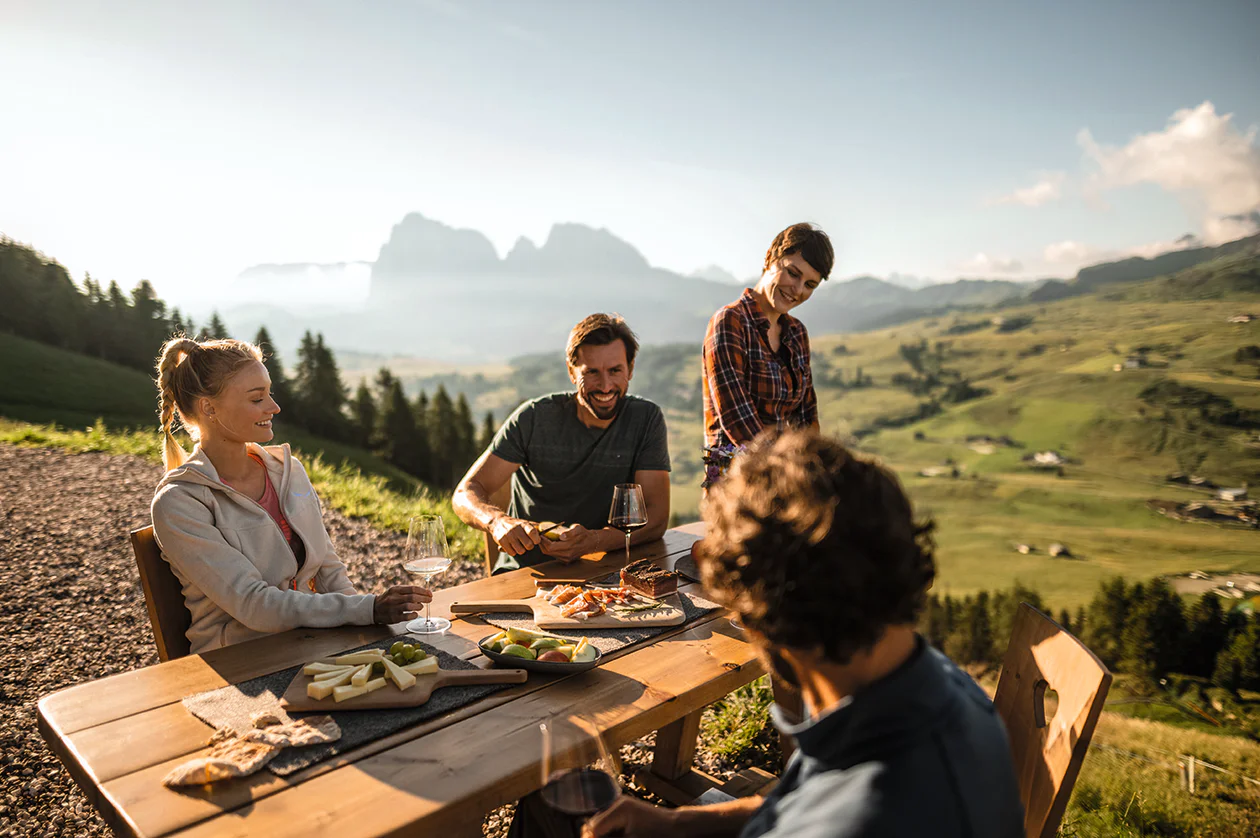Es gibt keinen Ort in Südtirol, in dem keine Kirche steht: Christlich geprägt, gibt es hierzulande eine große Dichte an Kirchen und Kapellen, Klöstern und Abteien, die ältesten davon bereits aus der frühchristlichen Zeit. Entlang viel frequentierter Wege, die bereits im frühen Mittelalter als Verbindung zwischen Nord und Süd dienten, entstanden Kapellen als Schutz für Reisende, Hospize und Kommenden für Ritterorden. Dazu kamen Klöster auf dem Land und in Städten, größere Kirchen und Kathedralen. Heute sind weit über 250 Kirchen erhalten und zugänglich. Besuchen Sie diese in kultureller, künstlerischer und kunsthistorischer Hinsicht interessanten Bauwerke, die Zeugen einer wechselvollen Geschichte sind.
The Christkönigskirche church, also known as the new parish church, was built between 1961 and 1963. The church has a flat-ceiling nave with a separate altar area. The two stained glass windows are by Heiner Gschwendt from Klausen/Chiusa, the church organ, consecrated in 1987, is by Andrea Zeni, and all other works of art connected with the church, including the granite fountain in front of the church and the statue of the Archangel Michael made of Lasa marble housed in a niche on the church square, are by the famous artist Friedrich Gurschler (1923-2020†).
Friedrich Gurschler was born in February 1923 on a farm near Unsere Frau/Madonna di Senales in Schnalstal Valley and is an honorary citizen of Partschins/Parcines.




























































